Playing Cards from Austria
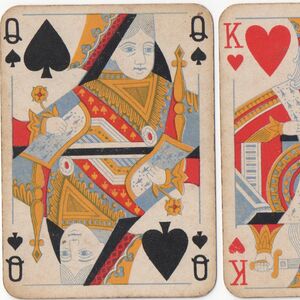
48: Ferdinand Piatnik & Sons
Ferd. Piatnik produced a very large range of cards with many different standard and non-standard patterns. This is a survey of his standard English output.
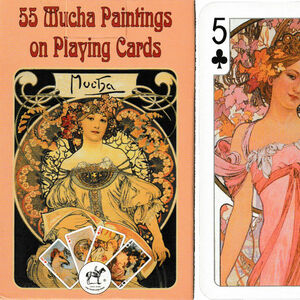
55 Mucha Paintings on Playing Cards
Fully illustrated pack featuring a large selection of Mucha’s works.
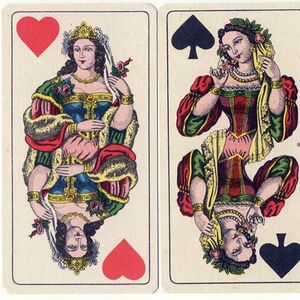
Adametz, Vienna
Cards from a 54-card "Austrian Tarock" or "Industrie und Glück Tarock" pack made by Franz Adametz of Vienna, c.1948. This type of pack originated around the middle of the 19th century and was used (and still is) in Austria and Hungary.
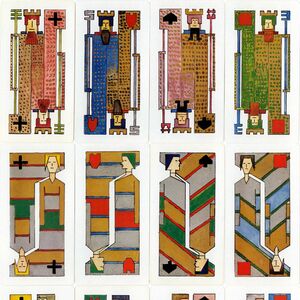
Arnold Schönberg
In around 1909 he created three sets of playing cards. His inventiveness was driven by a passion for rules, order and numbers.
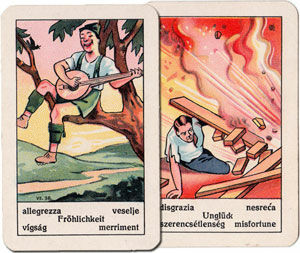
Art Deco Gypsy Oracle
Art Deco fortune telling deck published by Piatnik, 1936.
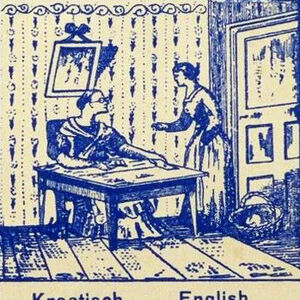
Austrian Cartomancy Cards
During the 19th century a system of fortune telling arose in Europe using unnumbered, pictorial cards depicting popular imagery with subtitles in several languages.
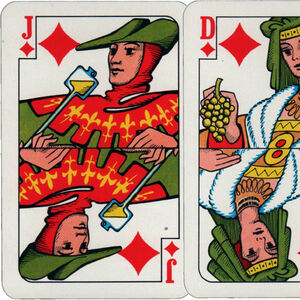
Austrian Wine
Skat deck for Austria’s excellent wines, Österreichischer Weinwirtschaftsfonds, c.1965
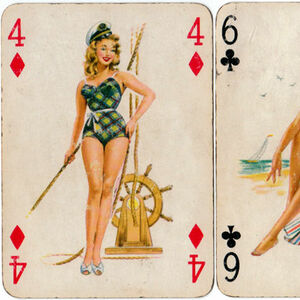
Baby Dolls
Baby Dolls pin-up deck designed by Willy Mayrl, published by Piatnik, 1957.
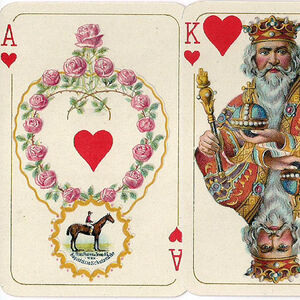
Baroque No.2118
“Baroque” by Ferd Piatnik & Sons, Vienna, reflecting a bygone era of fashion.
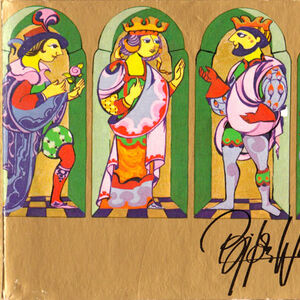
Bjørn Wiinblad
Bjørn Wiinblad (1918-2006) was a Danish painter, designer and ceramics artist.
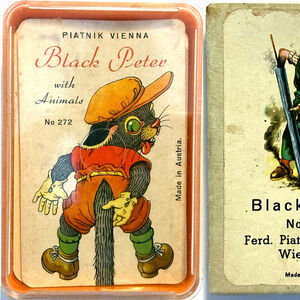
Black Peter
Two Black Peter games by Willy Mayrl published by Ferd Piatnik & Söhne, 1950s.
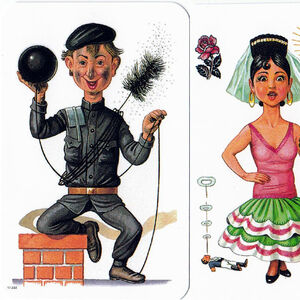
Black Peter
Black Peter card game designed by Willy Mayrl for Piatnik.
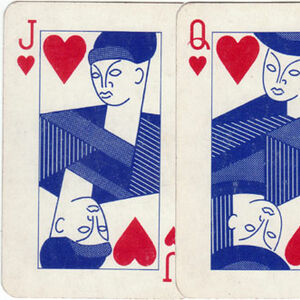
Blue Playing Cards
“Blue Playing Cards” by Piatnik, 1960s, inspired by the Cubism art movement in which objects are analysed and reassembled in abstracted form
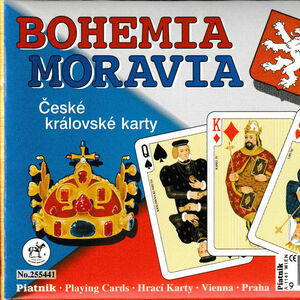
Bohemia Moravia
Historical figures from Bohemia and Moravia in Piatnik’s traditional style.
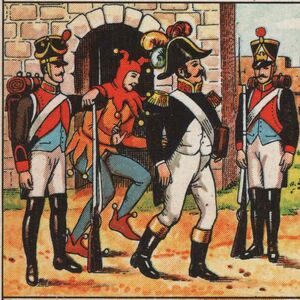
Bourgeois Tarot by Piatnik 1987
Piatnik’s ‘Bourgeois Tarot’ in a version published in 1987 with nice quality images, especially the double-ended trump cards.
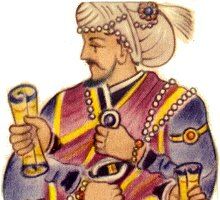
Cashmere
Bernhard Altmann is from the “The House of Cashmere” and these playing cards honour their best known commodity: the fleece of the graceful horned Cashmere goat.
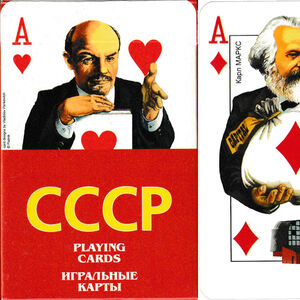
CCCP playing cards
Soviet and other Communist celebrities depicted on every card, designed by Vladislav Pankevitch.
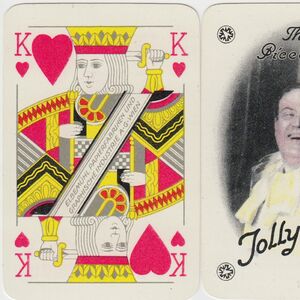
Celluloid Kasino-Poker Nr.92
published by Mirakel-Spielkarten in Vienna
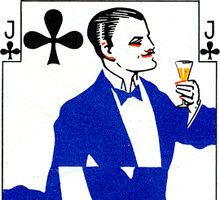
Cocktail
Aluminium playing cards manufactured by Häusermann United Chemical and Metal Engraving Co., Vienna, c.1925
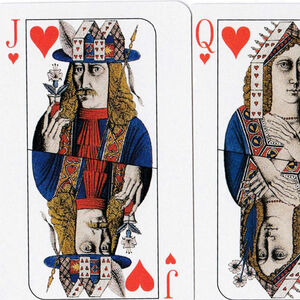
Cosmopolitan № 2121 playing cards
“Cosmopolitan” № 2121 playing cards designed by Russian artist Valeri Mishin, 1996

